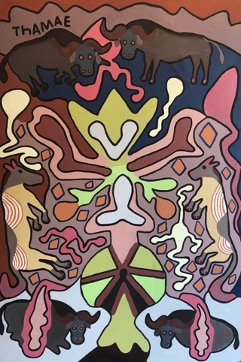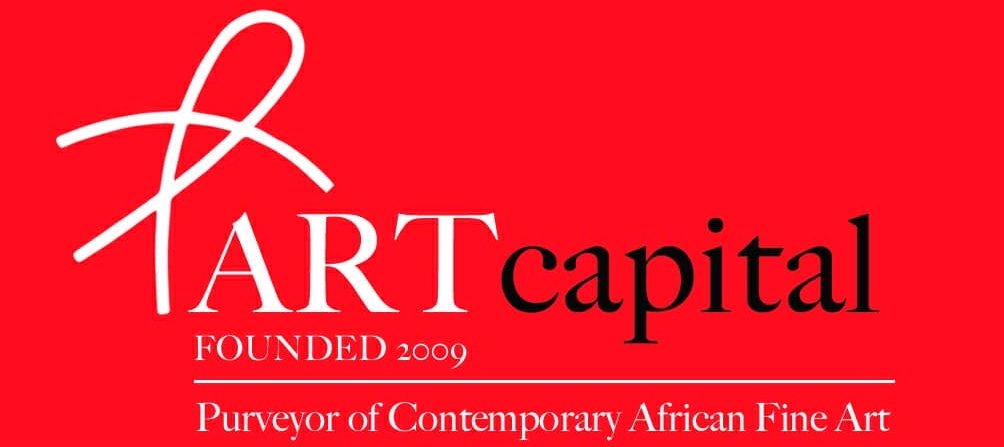By Nii B. Andrews.
In 1994, when South Africa emerged from the darkness of apartheid into an era of inclusiveness and a democratic path, it looked to San imagery for its symbols of unity and renewal.
The RSA’s new coat of arms, unveiled by Thabo Mbeki in April 2000, featured a central image of two men greeting one another thus graphically illustrating the new national motto.
It is in the now-extinct |Xam San language: !ke e: |xarra ||ke. It means: ‘people who are different come together’, an apt sentiment for a divided nation attempting to move on from its violent, divisive past. (The symbols !, | and || denote the clicks that are characteristic of the Khoisan languages.)

With the coat of arms and motto in the forefront of RSA’s new, multi-ethnic identity, the San and their rock art have indeed ‘arrived’ – but only after a long and tragic history.
The need for ‘people who are different [to] come together’ is still painfully acute.
If we include the engraved geometric patterns on small pieces of ochre from a cave on the southern Cape coast, then San art goes back just over 70,000 years.
The earliest known representational art comes from the Apollo 11 Cave in southern Namibia where painted pieces of stone have been found to have images of animals and a creature that appears to be a feline with human legs.

These are dated to 27,000 years ago by means of radio-carbon. They are therefore as much as 10,000 years older than the wall paintings in the famous Upper Palaeolithic cave Lascaux in France.
Today, San art is one of the most exciting, yet least known movements in contemporary art: a non-Western tradition at once ancient and modern, immediate and other and fully partof CAA.
It is only in the last thirty years that the complex iconography of San art- stylised animal and plant forms – first set down in rock paintings, carvings and body-art, has begun to be fixed in permanent and portable media, as paintings on canvas and prints on paper.

Since the 1970s, Rebecca Hossack Art Gallery in London, has gained an international reputation for promoting aboriginal art.
And for the last thirty years, Rebecca Hossack has forged and maintained a close connection with San artists; she has visited the Kalahari, and mounted a series of ground-breaking shows of San art in both London and New York.
In the process, she has brought to the attention of an international audience of collectors, scholars and gallerists the “extraordinary freshness and power – imbued with both a sense of the eternal rhythms of nature and the contemporary socio-political concerns of a marginalised people”.

A new art movement has been born.
The proposed exhibition will provide a comprehensive survey of contemporary San art from 5th June – 3rd July 2021, in London.



